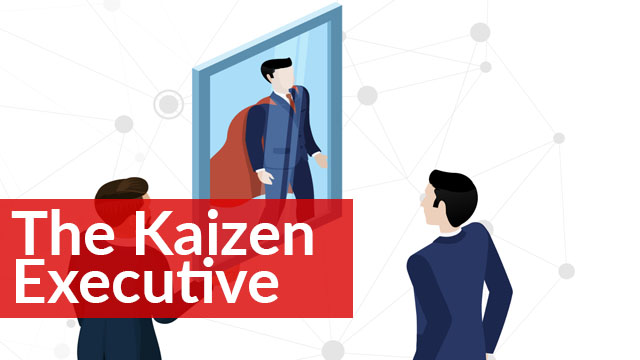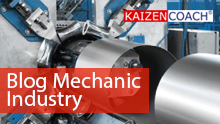In order to start the Kaizen improvement process, the following elements are essential:
1. The clear separation between what is considered "value" and what is considered "waste" within the given context.
2. The knowledge of the 3 types of family waste: Muda, Muri and Mura.
3. The knowledge of the 7 Muda.
4. The knowledge of the SDCA PDCA cycle.
5. The knowledge of the JIT method.
6. The knowledge of the process data's in relation to the area that need to be improved.
7. A team of employees constituted of elements with multiple skills.
8. A Management system to oversee the change and improvement process.
9. A Management system that supports the process effortlessly.
These are the basics building blocks to run "just in time workshops activities" within the context of Lean Manufacturing.
In the Just in Time, we include also the methodology of the“Training Within Industry program”, with the aim to help people to rapidly acquire new skills.
Before to start any JIT activity in the shopfloor I recommend to read: Toyota Production System: Beyond Large Scale Production, by Taiichi Ohno.
Taiichi Ohno was a former VP of Toyota and the famous founder of the “Toyota Production System”.
It's an easy to read book that describes the principles and the basics that made up the foundation of Lean Manufacturing.
If you want to try JIT methods to improve productivity in your company, there are two possible ways:
- To read and study the books that explain the points 1through 5 and apply what understood from the books on a specific pilot area.
- Relying on the experience of an expert (Kaizen coach or Lean Coach), who can create the experience of a Kaizen Workhop.
The two choices are both valid, but the final decision has to be made taking into account:
- The amount of time that you have available to experiment on your own.
- How much time and money you will save by hiring an expert.
Mario Mason






